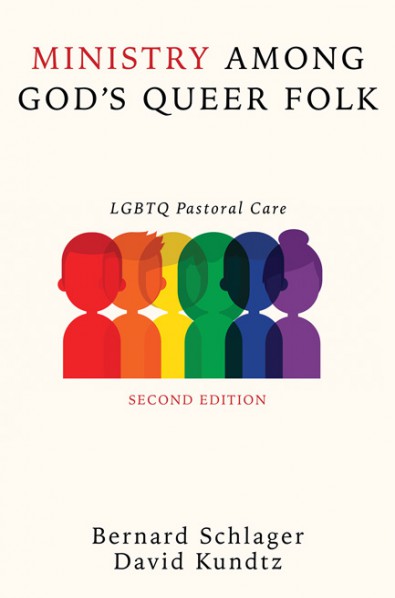Once a congregation has publicly declared its welcome, it needs to work toward including and integrating queer people more fully in all aspects of congregational life. Since a community of care assumes, accepts, and celebrates the presence of queer people within its midst, the day-to-day life of the congregation should reflect this. Renovating congregational life so that it speaks its welcome and inclusion loudly and clearly is a process of trial and error. It is also a process that requires effort, time, and patience since most congregations naturally and often unconsciously reflect the larger heterosexist biases of our culture which have been in place for decades and which can take years to change.
Relatively simple changes in three important areas of congregational life can help begin the process of making a congregation more welcoming: by using inclusive language, creating inclusive space, and celebrating inclusive rituals a congregation can become a more effective community of care for queer people.
1. Use Inclusive Language
With the rise of feminist consciousness and the Women’s Movement in the 1960s and 1970s many congregations began to understand that the language of worship (that is, biblical translations, liturgical prayers, and hymnody) reflected deep sexist biases. In similar ways, the rise of a queer presence in local communities of faith has raised the awareness that LGBTQ people are often rendered invisible by language with a heterosexist bias. There are several simple, but important, ways in which congregations can address the issue of making language inclusive:
Formulate an inclusive language policy that reflects the congregation’s commitment to welcome all people. Since language both mirrors and reinforces our view of the world, making a conscious decision to include LGBTQ people in a congregation’s vocabulary can help to remind everyone that the words they use can be an important means of welcome and inclusion.
Undertake a thorough review of the language used in all congregational publications – including worship texts, educational curricula, and other program materials – so that those texts that presume a straight audience are expanded to include queer people. For example, after his church developed an inclusive language policy, Robert, a religious education director, became aware that every example of a family in the congregation’s religious education textbook series included a mother and a father. He began to encourage his teachers to add examples of families with two moms, two dads, a single parent, or children raised by their grandparents in an effort to reflect the congregation’s commitment to inclusion.
Be aware of transgender language issues. By keeping in mind that the use of highly-gendered language can exclude those who do not think of themselves as belonging to one gender, a congregation can speak its welcome to transgender and gender-fluid individuals. Seek the advice of transgender persons in your congregation or local community on how to speak in ways that welcome transgender and gender-fluid people.
In terms of addressing individual gender-variant people in the congregation, a good rule of thumb is to ask people how they would like to be addressed rather than make assumptions and risk offending an individual by using the wrong name or pronoun. Consider alternatives to the commonplace binary phrase “brothers and sisters” and use, instead, words like “siblings” and “friends.”
Transform language that excludes into language that includes. Language, of course, can include the visual as well as the aural. For example, when Melinda, a leader of her church’s youth group, pointed out to other members that a recent poster advertising their upcoming dance had photographs of only straight couples they decided to issue a new version of the poster which included images of same-gender couples.
To Be Continued Next Week!
Adapted from Schlager & Kundtz, Ministry Among God’s Queer Folk: LGBTQ Pastoral Care (Second Edition, 2019): pp. 164-166.


